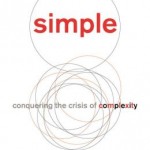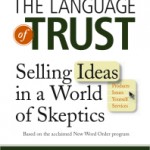Your “lollipop” doesn’t say what you think
Choose your words with attention to the many ways they may be interpreted. As a hike in the Rhode Island woods reminded me, your terminology may not convey the message you intend.
On a muggy summer day, my husband and I set off on a “2.3-mile lollipop” hike. Quickly eyeballing the trail description, my husband assumed that “lollipop” meant it was an easy hike, appropriate for little kids of a lollipop-loving age. Not so.
It turned out that lollipop referred to the trail’s shape. A path as straight as a Tootsie Pop’s stick led to a circular trail. As you can tell, the author’s lollipop image was misinterpreted by a reader in a hurry.
The author could suggest to my husband that he read more carefully. After all, if my husband had read the trail summary, and compared it to the map that appeared four pages later, he could have grasped the analogy. But it’s not realistic to expect everyone to read at such length and with such attention to detail.
In this case, writing “lollipop-shaped” trail could have guided my husband to the right conclusion, which making the trail’s shape memorable through the use of an analogy.
What are YOUR lollipops?
Are there financial terms that your readers find just as confusing as lollipop was in my example?
Do you find “lollipops” in writing about investments and personal finance? What are they, and how can we describe them better?




